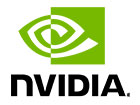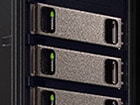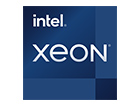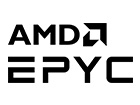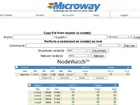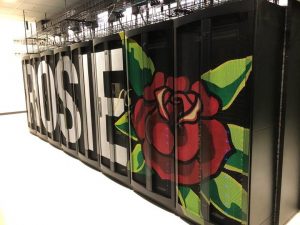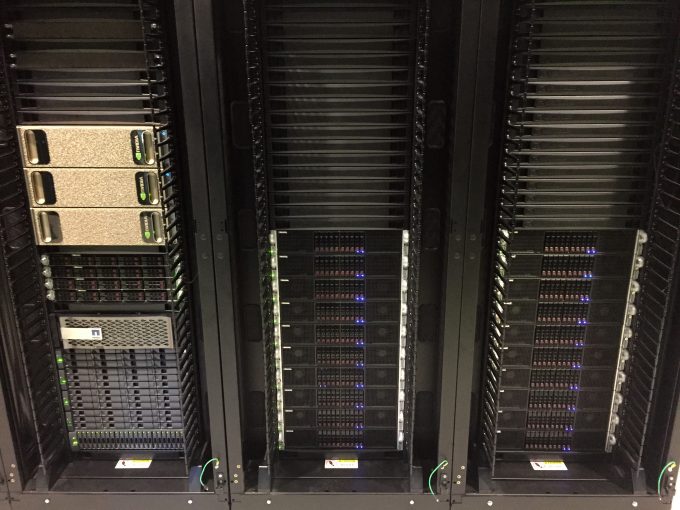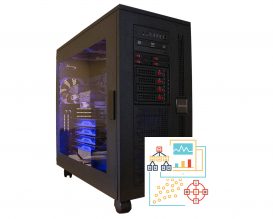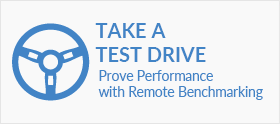When NVIDIA launched the Ampere GPU architecture, they also launched their new flagship system for HPC and deep learning – the DGX 100. This system offers exceptional performance, but also new capabilities. We’ve seen immediate interest and have already shipped to some of the first adopters. Given our early access, we wanted to share a deeper dive into this impressive new system.
The focus of this NVIDIA DGX™ A100 review is on the hardware inside the system – the server features a number of features & improvements not available in any other type of server at the moment. DGX will be the “go-to” server for 2020. But hardware only tells part of the story, particularly for NVIDIA’s DGX products. NVIDIA employs more software engineers than hardware engineers, so be certain that application and GPU library performance will continue to improve through updates to the DGX Operating System and to the whole catalog of software containers provided through the NGC hub. Expect more details as the year continues.

